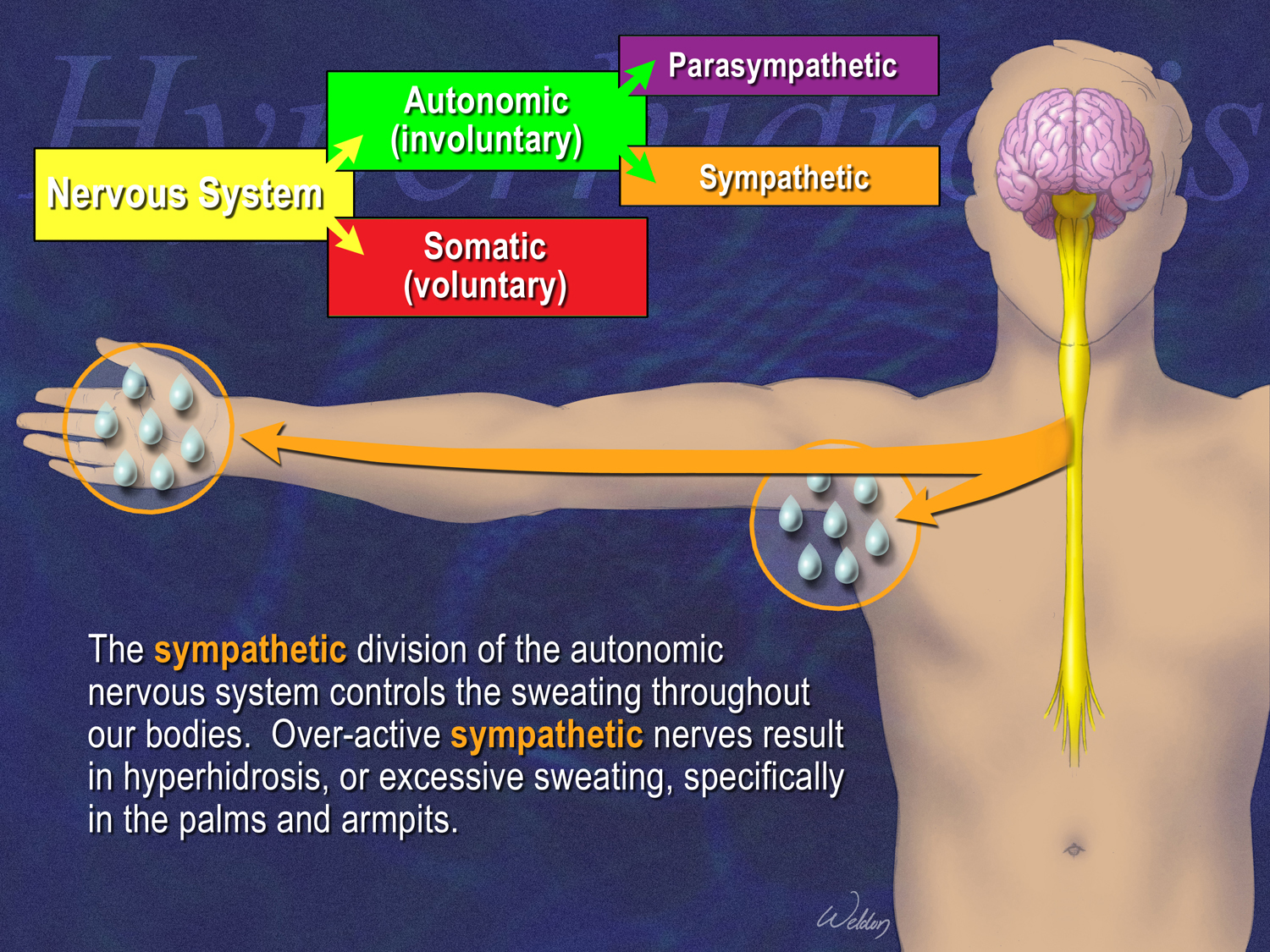What you should know about hyperhidrosis
In his years of practice, Dr. Scott LeMaire, professor in the Michael E. DeBakey Department of Surgery at Baylor College of Medicine, has seen many patients who sweat profusely from the hands and underarms without an apparent reason, a condition known as hyperhidrosis. This excessive sweating can be embarrassing and seriously disrupt work, sports, school, and social activities.

Hyperhidrosis affects about 211 million people around the world. Fortunately there are means to control it.
Q: What are the symptoms?
A: The symptoms include excessive, unpredictable sweating on the hands, soles of the feet, underarms, and sometimes the face. In some people who have hyperhidrosis, the sweat literally drips off their hands.
Q: What causes hyperhidrosis?
A: There are two types of hyperhidrosis. Primary hyperhidrosis, which affects 2 percent to 3 percent of the population, has no known cause, although it seems to run in families. The second type is called secondary hyperhidrosis and occurs as a result of another medical condition, for example, anxiety conditions, heart disease, lung disease, stroke, hypoglycemia (low blood sugar levels), menopause, and spinal cord injury.
Q: If a person has the symptoms, which specialist should he/she visit?
A: It is recommended to start by seeing your family doctor who will ask you about your medical history and conduct a physical exam. The doctor can do some tests to diagnose the condition and may refer you to a dermatologist or other specialist.
Q: How is it treated?
A: Your doctor may offer the following treatments, which will depend on the severity of the condition:
- Antiperspirants: Excessive sweating may be controlled with strong antiperspirants, products containing 10 percent to 20 percent aluminum chloride hexahydrate, which plug the sweat ducts.
- Medication: Anticholinergic drugs, such as glycopyrrolate (Robinul, Robinul-Forte), help prevent the stimulation of sweat glands. Beta-blockers or benzodiazepines may help reduce stress-related sweating.
- Iontophoresis: This U.S. Food and Drug Administration (FDA)-approved procedure uses electricity to temporarily turn off the sweat glands. It is most effective for sweating of the hands and feet.
- Botox: Botulinum toxin type A (Botox) is FDA approved for the treatment of severe underarm sweating, a condition called primary axillary hyperhidrosis. Small doses of purified botulinum toxin injected into the underarm temporarily block the nerves that stimulate sweating.
- Endoscopic thoracic sympathectomy: This is the treatment Dr. LeMaire offers in his practice. In severe cases, a minimally-invasive surgical procedure called endoscopic thoracic sympathectomy may be recommended when other treatments fail. ETS is usually done on patients whose palms or underarms sweat much more heavily than normal. In selected patients, it may also be used to treat extreme sweating of the face.
For more questions about hyperhidrosis or to schedule a consultation, contact Dr. Scott LeMaire, or call 713-798-6376.
–By Ana María Rodríguez, Ph.D., Sr. Medical Editor, Michael E. DeBakey Department of Surgery




Your blog is very nice.These tools are really very helpful…:-)
Hello! I just would like to give a huge thumbs up for the great info you have here on this post.
Your blog is very nice.These tools are really very helpful…:-)